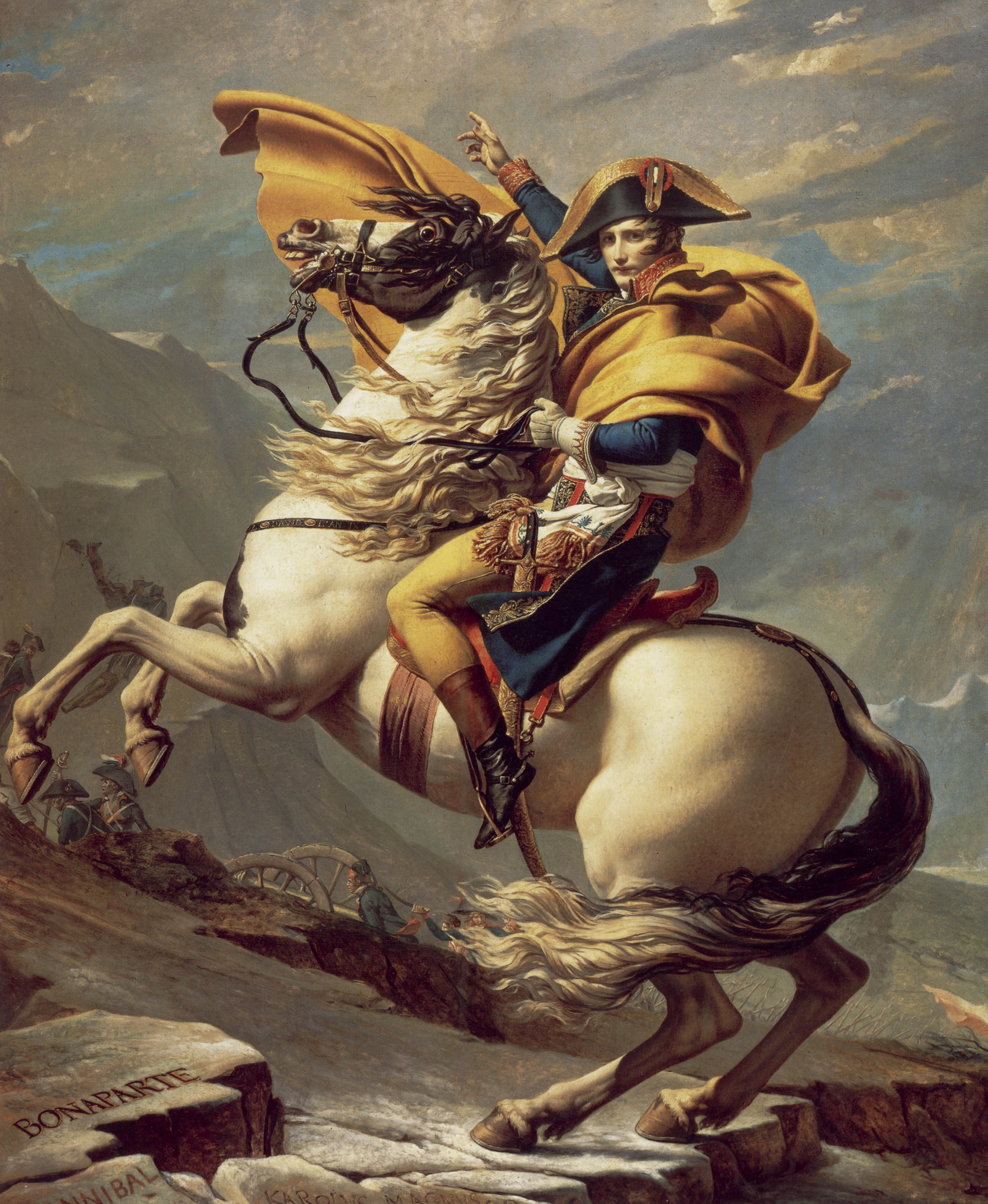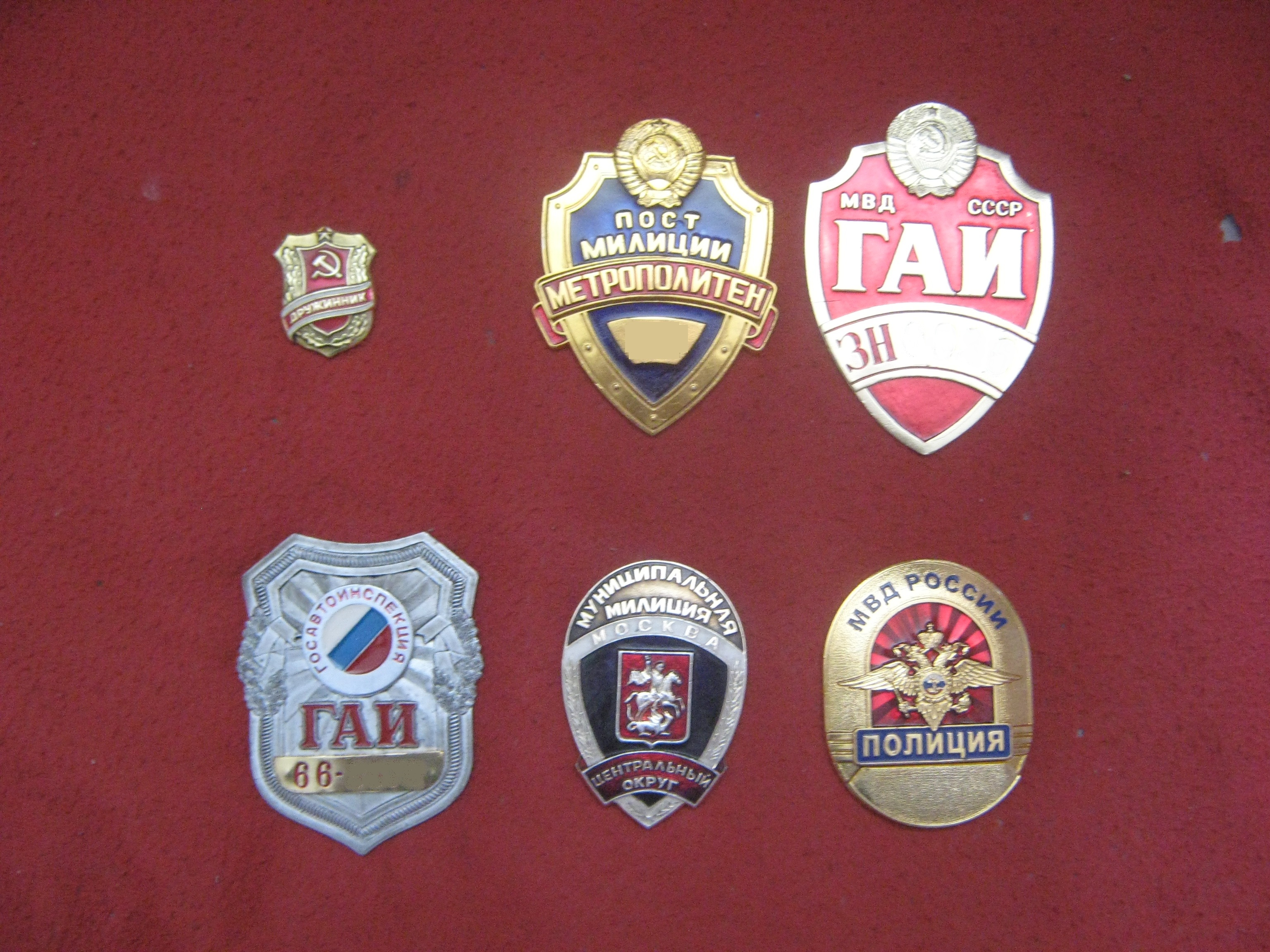|
Marengo (color)
Marengo is a shade of gray (black with gray tinge) or blue colors. Sometimes the color is described as a color of a wet asphalt. In the cloth manufacturing industry, marengo usually refers to the color of the fabric and means black or dark brown with small inclusions of white. Sometimes the word refers to black fabric with white threads. Origin The name ''marengo'' appeared in Europe in the 18th century and meant a dark brown fabric with white speckles. The fabric was initially produced in the village of Spinetta Marengo in northern Italy. In France, the color was called ''marengo ou brun'' (marengo or brown). After the Battle of Marengo of 14 June 1800, in which Napoleon Bonaparte's troops defeated the Austrian army, marengo became known as gray or black fabric with splashes of white or gray thread. This color became associated with a gray overcoat that Bonaparte briefly brought into vogue. Napoleon's famous war mount was also called Marengo. Marengo color became popular in Russ ... [...More Info...] [...Related Items...] OR: [Wikipedia] [Google] [Baidu] |
Spinetta Marengo
Spinetta Marengo ( pms, Marengh) is a town in Piedmont, Italy located within the municipal boundaries of the ''comune'' of Alessandria. The population is 6,417. On 14 June 1800 the village was the scene of an Battle of Marengo, important battle between the French army commanded by Napoleon I of France, Napoleon and an Austrian army led by Michael von Melas, Melas. Every second Sunday in June, there is traditionally a costumed commemoration of the battle, drawing many international visitors. According to local legend, Majno, a thief who was said to have robbed Pope Pius VII while on his way to Paris in 1804 to crown Napoleon I of France, Napoleon emperor, laid up in hiding in the woods of , just by Spinetta Marengo. The famous dish Chicken Marengo is named after the town. According to legend, Napoleon's chef created the dish from the few ingredients he could find after the battle, using a sabre instead of a cooking knife. Museum A museum about the battle is today housed in the Vi ... [...More Info...] [...Related Items...] OR: [Wikipedia] [Google] [Baidu] |
Battle Of Marengo
The Battle of Marengo was fought on 14 June 1800 between French forces under the First Consul Napoleon Bonaparte and Austrian forces near the city of Alessandria, in Piedmont, Italy. Near the end of the day, the French overcame General Michael von Melas's surprise attack, drove the Austrians out of Italy and consolidated Bonaparte's political position in Paris as First Consul of France in the wake of his coup d'état the previous November. Surprised by the Austrian advance toward Genoa in mid-April 1800, Bonaparte hastily led his army over the Alps in mid-May and reached Milan on 2 June. After cutting Melas's line of communications by crossing the River Po and defeating ''Feldmarschallleutnant'' (FML) Peter Karl Ott von Bátorkéz at Montebello on 9 June, the French closed in on the Austrian Army, which had massed in Alessandria. Deceived by a local double agent, Bonaparte dispatched large forces to the north and the south, but the Austrians launched a surprise attack o ... [...More Info...] [...Related Items...] OR: [Wikipedia] [Google] [Baidu] |
Napoleon Bonaparte
Napoleon Bonaparte ; it, Napoleone Bonaparte, ; co, Napulione Buonaparte. (born Napoleone Buonaparte; 15 August 1769 – 5 May 1821), later known by his regnal name Napoleon I, was a French military commander and political leader who rose to prominence during the French Revolution and led Military career of Napoleon Bonaparte, successful campaigns during the French Revolutionary Wars, Revolutionary Wars. He was the ''de facto'' leader of the First French Republic, French Republic as First Consul from 1799 to 1804, then Emperor of the French from 1804 until 1814 and again in Hundred Days, 1815. Napoleon's political and cultural legacy endures to this day, as a highly celebrated and controversial leader. He initiated many liberal reforms that have persisted in society, and is considered one of the greatest military commanders in history. His wars and campaigns are studied by militaries all over the world. Between three and six million civilians and soldiers Napoleonic Wa ... [...More Info...] [...Related Items...] OR: [Wikipedia] [Google] [Baidu] |
Marengo (horse)
Marengo (c. 1793–1831) was the famous war horse of Napoleon I of France. Named after the Battle of Marengo, through which he carried his rider safely, Marengo was imported to France from Egypt following the Battle of Abukir in 1799 as a six-year-old. The grey Arabian was probably bred at the famous El Naseri Stud. Although small (only ) he was a reliable, steady, and courageous mount. Career Marengo was wounded eight times in his career, and carried the Emperor in the Battle of Austerlitz, Battle of Jena-Auerstedt, Battle of Wagram, and Battle of Waterloo. He also was frequently used in the 80-mile gallops from Valladolid to Burgos, which he often completed in five hours. As one of 52 horses in Napoleon's personal stud, Marengo fled with these horses when it was raided by Russians in 1812, surviving the retreat from Moscow; however, the stallion was captured in 1815 at the Battle of Waterloo by William Petre, 11th Baron Petre. Petre brought the horse back to the United K ... [...More Info...] [...Related Items...] OR: [Wikipedia] [Google] [Baidu] |
Iena
Iena may refer to: * Jena, city in Germany (French: ''Iéna'', Greek: ''Ιένα'', Latin: ''Iena'') * Pont d'Iéna, a Parisian bridge spanning the River Seine * French ship ''Iéna'', various ships * Iéna (Paris Métro), a Paris Métro station * Palais d'Iéna, see list of monuments historiques in Paris The term ''monument historique'' is a designation given to some national heritage sites in France. It may also refer to the state procedure in France by which National Heritage protection is extended to a building, a specific part of a building, a ... * IENA (car), a former Italian automobile * I.E.N.A., album of the Italian rapper Clementino {{disambiguation ... [...More Info...] [...Related Items...] OR: [Wikipedia] [Google] [Baidu] |
Soviet Union
The Soviet Union,. officially the Union of Soviet Socialist Republics. (USSR),. was a transcontinental country that spanned much of Eurasia from 1922 to 1991. A flagship communist state, it was nominally a federal union of fifteen national republics; in practice, both its government and its economy were highly centralized until its final years. It was a one-party state governed by the Communist Party of the Soviet Union, with the city of Moscow serving as its capital as well as that of its largest and most populous republic: the Russian SFSR. Other major cities included Leningrad (Russian SFSR), Kiev (Ukrainian SSR), Minsk ( Byelorussian SSR), Tashkent (Uzbek SSR), Alma-Ata (Kazakh SSR), and Novosibirsk (Russian SFSR). It was the largest country in the world, covering over and spanning eleven time zones. The country's roots lay in the October Revolution of 1917, when the Bolsheviks, under the leadership of Vladimir Lenin, overthrew the Russian Provisional Government ... [...More Info...] [...Related Items...] OR: [Wikipedia] [Google] [Baidu] |
Militsiya
''Militsiya'' ( rus, милиция, , mʲɪˈlʲitsɨjə) was the name of the police forces in the Soviet Union (until 1991) and in several Eastern Bloc countries (1945–1992), as well as in the non-aligned SFR Yugoslavia (1945–1992). The term continues in common and sometimes official usage in some of the individual former Soviet republics such as Belarus, Tajikistan, Uzbekistan and Kyrgyzstan, as well as in the partially recognised or unrecognised republics of Abkhazia, South Ossetia, Transnistria, DNR and LNR. Name and status The name ''militsiya'' as applied to police forces originates from a Russian Provisional Government decree dated April 17, 1917, and from early Soviet history: both the Provisional Government and the Bolsheviks intended to associate their new law-enforcement authority with the self-organisation of the people and to distinguish it from the czarist police. The militsiya was reaffirmed in Russia on October 28 (November 10, according to the ne ... [...More Info...] [...Related Items...] OR: [Wikipedia] [Google] [Baidu] |
Feldgrau
''Feldgrau'' (English: field-grey) is a grayish green color. It was the official basic color of military uniforms of the German armed forces from the early 20th century until 1945 (West Germany) or 1989 (East Germany). Armed forces of other countries also used various shades of that color. ''Feldgrau'' was used to refer to the color of uniforms of the armies of Germany, first the Imperial German Army and later the ''Heer'' (ground forces) of the ''Reichswehr'' and the ''Wehrmacht''. Variations In World War I the color ''feldgrau'' was a light grey-green, though there were variations of the shade ranging from greys to browns. It was one of the first standardized uniforms suitable to the age of smokeless gunpowder. ''Feldgrau'' is commonly used to refer to the color of German army uniforms during World War II. It was also used by the East German National People's Army, under the description steingrau (stone-grey). Feldgrau was introduced to the Austrian Bundesheer in line to t ... [...More Info...] [...Related Items...] OR: [Wikipedia] [Google] [Baidu] |
List Of Colors
These are the lists of colors; * List of colors: A–F * List of colors: G–M * List of colors: N–Z * List of colors (compact) * List of colors by shade * List of color palettes * List of Crayola crayon colors * List of RAL colors * List of X11 color names In computing, on the X Window System, X11 color names are represented in a simple text file, which maps certain strings to RGB color values. It was traditionally shipped with every X11 installation, hence the name, and is usually located in ''< ... See also * Index of color-related articles * List of dyes Templates that list color names * * * * {{DEFAULTSORT:colors ... [...More Info...] [...Related Items...] OR: [Wikipedia] [Google] [Baidu] |
Police Of Russia
The Police of Russia () is the national law-enforcement agency in Russia, operating under the Ministry of Internal Affairs from . It was established by decree from Peter the Great and in 2011, replacing the Militsiya, the former police service. It is the national police service of Russia that operates according to the law “ On police” (Закон "о полиции"), as approved by the Federal Assembly, and subsequently signed into law on February 7, 2011, by then President of the Russian Federation, Dmitry Medvedev. History The system was created to protect the public order and to fight against crime in the Russian Empire. It was re-organized on March 1, 2011, under the Russian Federation (except for existing structures not related to the Ministry of Internal Affairs). 16th century In 1504, cheval de frise were installed in Moscow, under which the guards, drawn from the local population, were stationed. The city was divided into areas, between which gates with latti ... [...More Info...] [...Related Items...] OR: [Wikipedia] [Google] [Baidu] |




